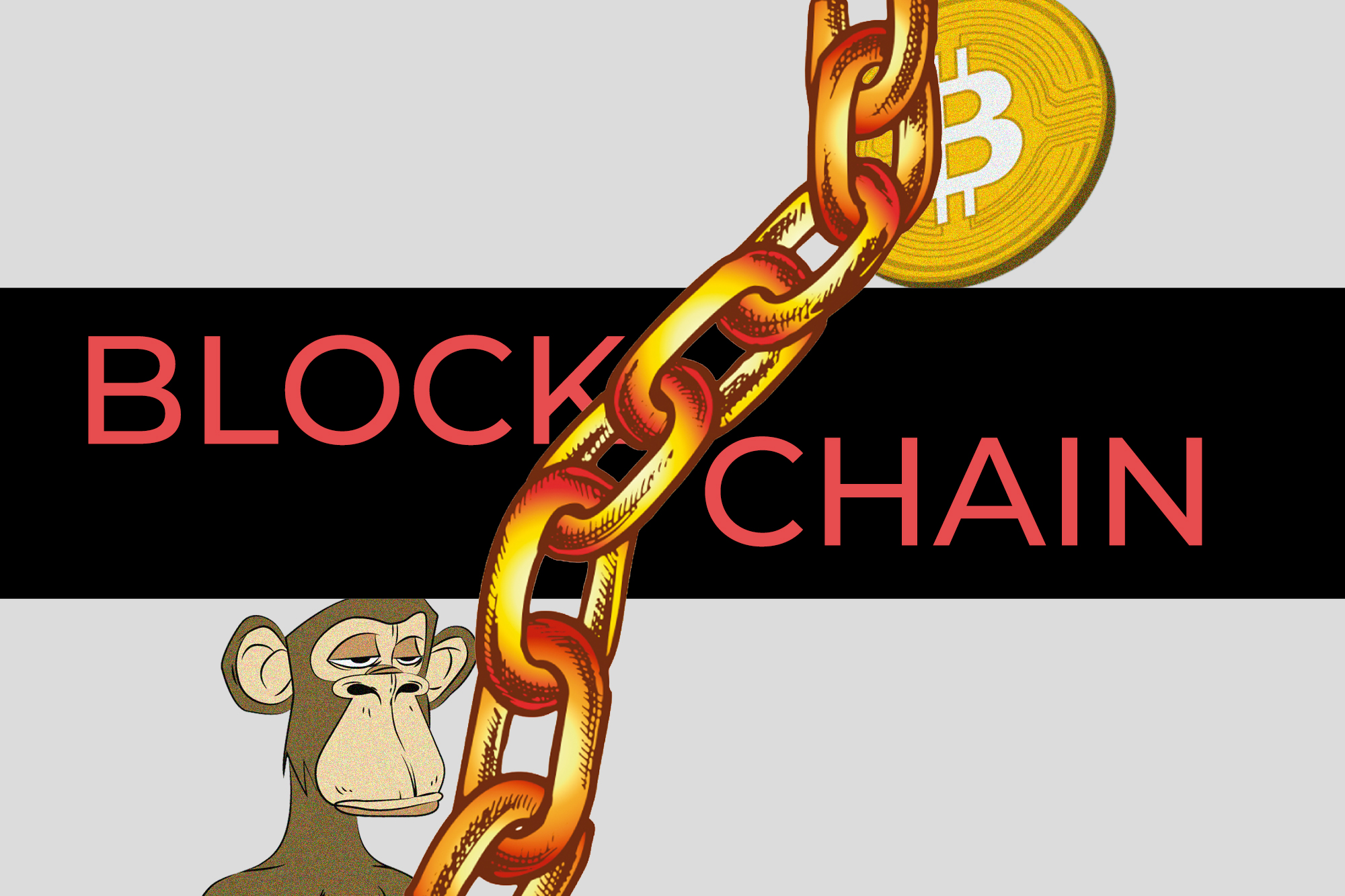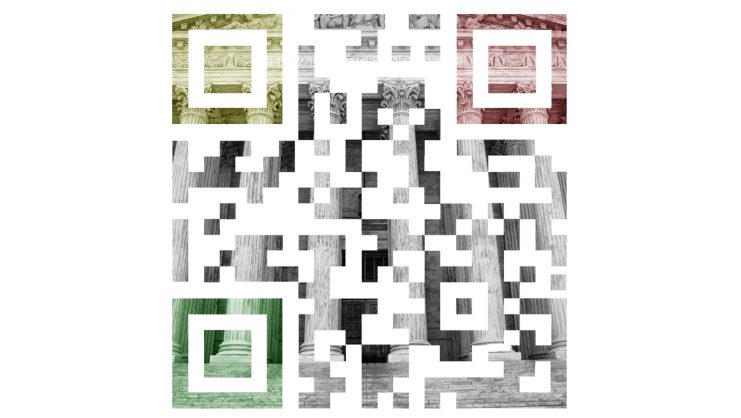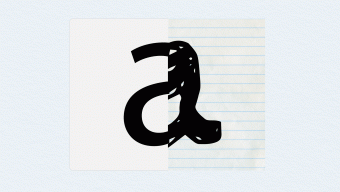We are at a critical juncture globally owing to a widespread loss of trust in our governments, major world leaders, and main multinationals. Technology is evolving to increasingly empower individuals who are calling for greater control over their data coupled and digital security. Blockchain gives power to users through decentralization and enables them to monetize their work, but what will its tangible impact be? Our authors analyze the possible effects of blockchain through the lenses of privacy, finance, and architecture.

Susana Rodríguez Urgel – Professor, IE Business School and Founder of the Digital Advisory Board
The user privacy and data security promised by blockchain come from its decentralized structure which, in turn, is a double-edged sword for both sides.
What brings about the paradox is that while decentralization and cryptography lead to data immutability, privacy and security, they also enable traceability and tracking of all information associated with this digital identity.
Blockchain’s decentralization does indeed remove the vulnerabilities associated with centralized databases (hacking, data hijacking, leaking of sensitive information by third parties, etc.). Furthermore, digital data is shared and authenticated using cryptographic techniques (digital signature, hashing, zero-knowledge tests) which enable users to disclose only the information required while denying access to other information associated with their digital identity which is not relevant to the case in question.
Yet the opportunity to perform transactions using public and private keys without revealing your true identity does not ensure full user privacy since transparency as an indisputable value of public blockchains enables anyone to track all transactions from content and time to origin and destination.
Hence law enforcement agencies such as the police can identify when digital assets are being used from a wallet and start investigating to find the wallet’s owner once other data such as the IP address and geolocation are associated with it.
Indeed, while the new fashion for associating domains with wallets in which you enter your name, for instance susanarodriguez.eth, undoubtedly makes sharing the wallet easier, it also enables anyone to access information about all the operations, transactions, and NFTs (non-fungible tokens) associated with that address.
Private blockchains, therefore, seek to deliver higher levels of protection and privacy by not allowing public access to information, which makes them especially handy for businesses that have sensitive records such as medical information and other sensitive data.
Ironically, this traceability in the case of NFTs as unique digital assets which bring rights and privileges to their owner furnishes an additional layer of security to businesses by enabling them to be tracked, verified, stored, and transferred securely. This means that NFTs can interact with identity providers by authenticating and preventing identity theft.
As we move towards Web 3.0, it is us, the users of the world, who are going to be the protagonists; businesses will deliver platform modules on an As-a-Service basis, but it is users who are going to craft experiences. We will not be spectators as we were in Web 1.0 or business generators for others as in 2.0. Instead, we will be playing an active role, and working to ensure we have ownership and privacy thanks to blockchain.

Ignacio de la Torre – Professor, IE Business School
Many wars throughout history have been fought over the power to coin money. An important aspect of this is the fact that the power of minting, or printing money, is an expression of sovereignty as well as providing important economic benefits (seignorage). Bitcoin and other cryptocurrencies are a threat to the monopoly of states (through central banks) in controlling the money supply. This is very important, because in situations such as were experienced in 2008, if the velocity of money (how many times a unit of currency is used in a given period of time) falls then central banks must react, injecting huge sums of money into the system to prevent the entire system from developing from a recession into a major depression. If Bitcoin were to replace the dollar as a reserve currency, then faced with a similar situation of a crisis of confidence, no central bank would be there to act as a savior, and the recession would risk being monumental, eclipsing that witnessed in the 1930s. For this reason, governments and central banks will not allow cryptocurrencies to replace them.
Governments have intervened in some countries’ cryptocurrency markets due to hacking, which has cost markets and investors millions, as well as suspicions regarding money laundering. China has banned the practice of anonymous trading enabled by Bitcoin and similar cryptocurrencies, which negatively affected demand. Moreover, the proliferation of markets associated with cryptocurrencies can cause some systemic risk, as leverage is used more and more to take speculative positions, which could cause problems for low-skilled investors as well as the clearing houses of the markets and their members, which could affect the entire financial system.
The last reason governments will push to hinder the rise of cryptocurrencies is to avoid deflation. With Bitcoin rising at such rates, the value of the goods it can acquire is deflated. This can be very dangerous, as we have seen in Japan, and the government can only fight deflation by creating more money. If the governments’ power is lost, and only cryptocurrency remains, we could end up in a deflation situation as was seen in 2007, an event that software would not be able to anticipate. Additionally, two-thirds of Bitcoins are purely stored, with people buying it only as an investment rather than as a means of payment, having such vast amounts stagnant can be dangerous for economic activity.

Stefan Junestrand – Professor, IE School of Architecture and Design, CEO & Co-Founder, Grupo Tecma Red
Blockchain presents exciting solutions to real-life problems within architecture and design. NFTs, Smart Contracts and Building Information Modelling (BIM) are disruptive use cases in which we can apply blockchain to add transparency, security, immutability, and new economic models to these fields.
NFTs and Smart Contracts: Interior and architectural designs often include many different contributors and owners over time. There is a genuine need to register these contributions, intellectual properties, and ownership. Blockchain can offer a revolutionary solution to handle this through NFTs and Smart Contracts. In this case, the Smart Contract would contain details of the underlying digital (drawings and designs) or physical assets (the objects or buildings) to which the NFT relates. The NFT could also include rules and rights, such as the designer’s intellectual property, how the original creators of the NFT should get paid if the object or building is resold, and how contributions to changes in a design get registered.
BIM with Blockchain: The building industry is the world’s largest consumer of raw materials, energy, and water, among other resources. Hence there is an urgent necessity for the sector to shift to a circular economy and align with the sustainable development goals. The industry’s whole value chain needs to be more transparent and efficient to achieve this. A solution that would radically help the sector in this transformation is a design and management process based upon BIM, tied to a blockchain. This would allow the execution of automated procedures with Smart Contracts and the registration of all related data within the lifecycle of the building, for example:
- Contributions and changes in the BIM Model regarding who, when, and what has been modified.
- The origin, treatment, and composition of materials and products, as well as the social and labor conditions for the workers.
- The environmental impact, energy, and water required are applied to the design, construction, operation, and disposal of the building.
- Automated execution of contractual processes such as delivery and payments of products and services.
- Registration of building monitoring data to apply artificial intelligence in the Building Management Systems (BMS).
These examples show how blockchain brings transparency, security, immutability and new economic models to design and architecture. However, the applications are endless, and an exciting future will undoubtedly bring many more innovative solutions for blockchain to these domains.
© IE Insights.











